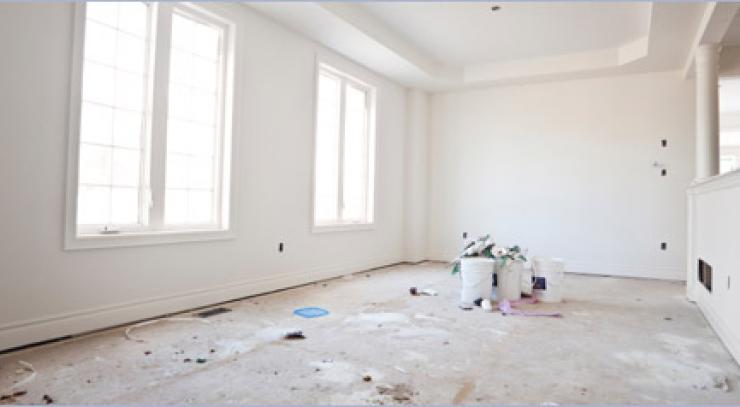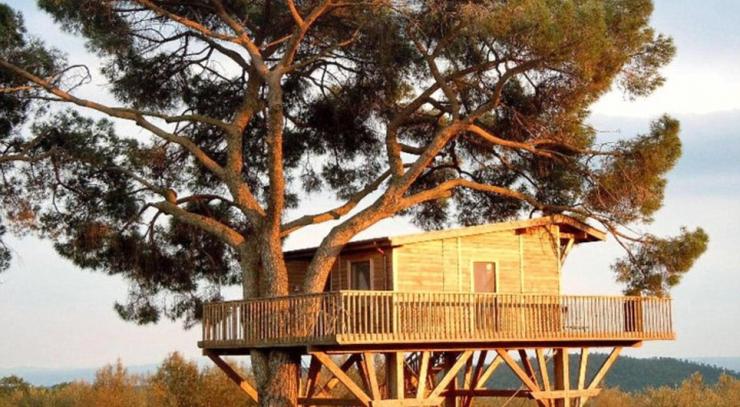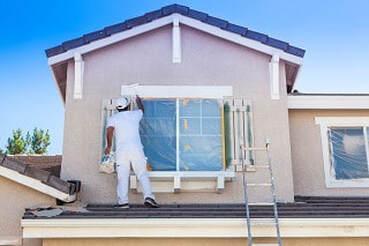The ombre colour wash is here. We’ve seen it on fabrics, hair and even on flowers and it’s now appearing on walls!
The ombre or gradient effect, began life as an accent wall but has since evolved into a complete room treatment, and one that can easily incorporate the colour drenching trend. The latter creates a modern, space-enhancing look by painting the ceiling, walls and trims the same colour.
This new ombre treatment does just the same, except there is a gradual deepening of colour from ceiling to floor. The top of the wall and ceiling are in a very light tint of the chosen hue (which gives the perception of added height) while the colour gradually deepens towards the bottom of the wall. Skirting boards are ideally the same colour as the base of the wall (the deepest colour) and even carpet and rugs can be matched to this.
Ombre painted walls can create a particularly calming, nurturing effect for bedrooms. Think of choosing colours in the blues, greiges or ochres. It is also an excellent way of using the Pantone Colour of the Year 2024 Peach Fuzz to create a sense of relaxed calm in a living space.
Wattyl has embraced the look by creating a palette of colours that will inspire consumers to use or explore this colour treatment for their interiors, from living to sleeping spaces.
While this beautifully graduated look can appear difficult to achieve, there are a few simple steps to follow that will produce a great result.
First, choose three paint colours, all from the same overall hue. The very light tint will be applied to the top of the wall (at ceiling level), the mid hue at the middle level of the wall and the deepest colour at the base of the wall.
Having sectioned off the walls to be painted, with masking tape, use a roller to apply the lightest colour to the entire wall. With a second roller apply the darkest colour to the bottom third of the wall and then roller on the mid colour to the middle section of the wall. Leave about a 2.5cm gap between each of the colours and don’t allow paint to dry between coats.
Now, mix some of the mid colour into the darkest colour paint tray (stirring well) and apply this with a wet brush to the gap left between the dark and mid colours. Make sure to blur and blend the colours.
Now add some of the lightest colour to the mid colour paint tray (mixing well) and with a fresh, wet brush apply this colour to the upper 2.5cm gap, blurring and blending with the colours either side until the stripe fades into the base coat.
Continue to add colour to adjust the level and rate of fade, always blending with a wet brush (or sponge). Once happy with the result, allow to dry.
Remember, this is a hand-painted feature, no two walls will look the same which is part of the beauty, every wall is unique! And while having the lighter hue at the top of the wall will give the appearance of more height, using the deepest colour at the top of wall will introduce a more intimate, cocooning effect.
While colour is a focus for Wattyl, sustainability and the reduction of environmental impact remains a top priority. Wattyl I.D. Advanced interior paint features an ultra-low VOC formula of less than 1g/l (one of the lowest VOC interior paints on the Australian market), meaning greatly reduced carbon emissions during the manufacturing process and better indoor air quality post painting.

























